When Kobad Ghandy, a politburo and key figure of Communist Party of India (Maoist) was arrested by the Special Cell of Andhra Pradesh Police in South Delhi on the tip of his own party’s courier, it was a special instance. When he was presented before the court after two days of exhausting investigation, the courtroom witnessed an unforeseen event. In September 2009, Kobad Ghandy who was booked under the UAPA Act for conspiring against the Union of India started chanting slogans “Long live Anuradha Ghandy, Long Live Bhagat Singh” in loud and clear voice, unstirred despite the exhaustion. A special feat, indeed, for a court that has seen countless terrorists being jailed but not a single instance where the criminal chanted the name of the most revered freedom fighter of India. For a moment, the name of Anuradha Ghandy can be overlooked, for she was the late spouse and fellow comrade of Kobad Ghandy. But why Bhagat Singh? Why was this Naxal chanting the name of Bhagat Singh recurrently?
The answer to this question lies sandwiched in the fragile palisade that separates ‘Deshdroh’ from ‘Rajdroh’. This blog is a small attempt to educate our readers the tenor of the words ‘Naxal’, ‘Naxalite’, ‘Naxalism’, ‘Maoist’ etc. It is going to be a timeline of all the significant events that are associated with Naxalism in India. Keep reading.
The elimination of force at all costs is Utopian and the new movement which has arisen in the country and of whose dawn we have given a warning is inspired by the ideals which Guru Gobind Singh and Shivaji, Kamal Pasha and Reza Khan, Washington and Garibaldi, Lafayette and Lenin preached.
– Bhagat Singh
Coming back to Bhagat Singh. In order to begin this piece, let us be clear that no amount of injustice done can explain taking up arms against the State as being righteous. Having said that, it is to note that no amount of talks about non-violence can ever belittle the strife of Bhagat Singh and his armed struggle against the British (the then State). Shaheed-e-Azam was a virtuous young man who believed in ideal communism and radical thoughts. Radical and Communism, you would be coming across these two words almost daily and most likely generalising it with anti-national ideology or in the words of modern-day vocabulary, you might be taking it as “bloody leftist propaganda.” We leave you to infer whether it is the current stance of India as a soon-to-be-fully-capitalist nation or the right-wing regime that makes you think so. We don’t intend to submerge this blog in a Communism Vs Capitalism debate. Although, Naxalism being a derivative of Communism, it would be impossible not to mention it. Like I said, keep reading.
To be radical is to grasp the root of the matter. But, for man, the root is man himself.
– Karl Marx
The Pre-Independence bedrock
The ideals of Karl Marx, the leadership of Lenin-Stalin and with communism being the golden sword against the prevalent imperialism, the Red Army had established the Soviet Union, thus ending the monarchy. The ideology of communism was not alien to a significant fraction of Indians. With Mahatma Gandhi suspending the non-cooperation movement in 1922, many got disenchanted by the methods of non-violence to fight the imperialist British government that ruled India with an iron fist. To consolidate all the communists in India, the Communist Party of India was created in 1925. The plan was simple – to start a proletarian mass movement that talked of the rights of farmers and the downtrodden, to start an armed struggle and overthrow the British government. The plan, however, never succeeded. Nevertheless, India gained its independence.
The Post-Independence turbulence
The princely state of Hyderabad ruled by the Nizam wanted to merge with Pakistan but Hyderabad was completely landlocked within India. Therefore, Hyderabad chose to remain autonomous. The nobility Majlis-I-Ittehad (MII) wanted a free Hyderabad whereas the majority population wanted a merger with India. So, the MII alongside the Razakar troops of Nizam began raiding their own peasant population to suppress any call of merger with India. The communists started strengthening the rebel calls and formed village republics for fighting an armed battle against the Nizam’s Razakar. They taught the villagers the tactics of guerilla offensives, the effective use of the forest and terrain to their own advantage. It was so successful that at one point the communists were running a parallel government that incorporated 4000 villages. This came to be known as the Telangana Rebellion of the peasants. Some sources state that Indian National Congress had teamed up with the Communists to fuel this civil war against the Nizam but later withdrew their support and started advocating for military action. The villagers were repulsing the Nizam’s call very effectively under the communist guidance. But when Sardar Patel brought the Indian army inside Hyderabad and scooped a surrender from Nizam and his Razakar troops, things took a strange turn. The peasants were finally free from the attacks of the Razakars but for the Indian army, the position of the peasant rebellion was ambiguous. Whether it was a strategic failure or the post-win arrogance of General J.N. Chaudhary, the Indian Army was directed to assault the peasants. Now, the peasants who were fighting the Razakars in the sunny prospects of merging with India were being attacked by the troops of India. This assault lasted the next three years in more than 1500 villages, 3,00,000 people were tortured and about 50,000 were detained. The communists, however, never left the side of villagers. In 1949, the armed struggle saw its conclusion. General J.N. Chaudhary, the then military governor of Hyderabad introduced the Jagir Abolition Regulation (August 1949) to make the villagers believe that in free India, even the peasants can own land. General J.N. Chaudhary also called upon the surrender of the Communists within a week. One half of CPI agreed on giving up arms whereas the other half rooted for a continuous armed struggle. In February 1951, a group from the CPI met with Stalin in Moscow and the Soviet Union leader told the members of the CPI to abandon violent revolution and participate in the democratic platforms of newly independent India. This was a hefty shove for one part of the members who believed the only way forward is through arms. Although the Communist Party of India formally withdrew from the struggle in October 1951, a small fraction parted its way and remained in the jungles to back the peasants. The scepticism of the arm advocates was not entirely wrong. Even with the Jagir Abolition Regulation in effect, the Zamindars started returning to their Jagirs. The peasants and the abandoned fraction of CPI understood that it doesn’t matter if a British or an Indian sits at the apex seat, this imperialist government will always support the upper caste landlords over petty peasants. The fraction that remained with the peasants felt betrayed and blamed the CPI for abandoning the Telangana Uprising. This schism led to the creation of CPI-M (Marxist) in the Calcutta Congress of the Communist Party of India in 1964. It is to be noted that despite its name, the CPI-M were pro-Chinese and blamed USSR and the CPI to be revisionist for abandoning the revolutionary flame and accepting democratic measures.
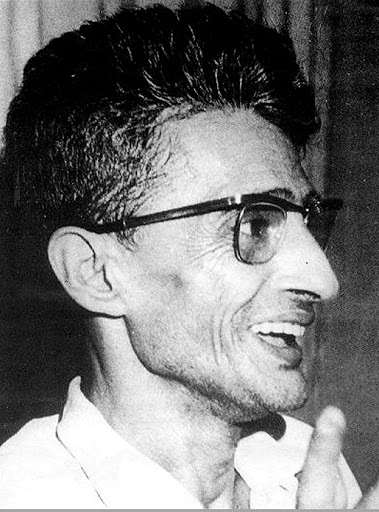
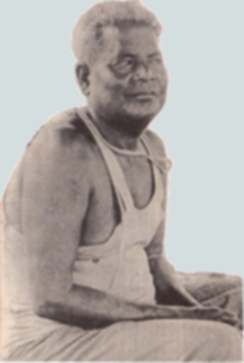
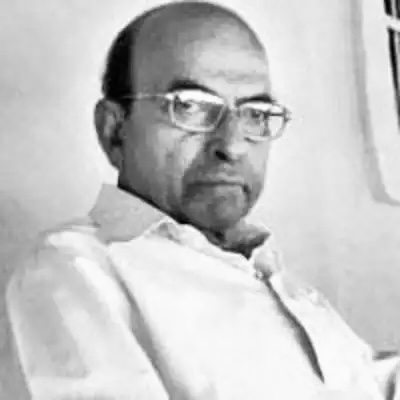
The making of a villain
The state of communism was lying in tatters after the split in CPI. These series of events did not only damage the structural integrity of the communist party but also paved the way for a young man born and raised in a family of landlords yet agonized by the poor condition of the peasants in the same way as the lower born. His proficiency raised him to upper ranks in CPI and then in CPI-M after the split. During his imprisonment in the mid of 1960s, while most of the inmates of the jail were contemplating their crime, this young man Charu Majumdar used to sit through the night with his comrades (communists call their fellow as comrades) Jangal Santhal and Kanu Sanyal to write essays determining the correct set of behaviour expected from a true communist.
Charu’s pro-china stance resonated among his fellow comrades. There are pieces of evidences that during the Sino-Indian war of 1962 CPI planned to launch a civil war of full scale to destabilize the allegedly imperialistic Indian regime but these revolts never gained mass proportions. The next point of conflict came in the year 1965 when war broke out between India and Pakistan. China supported Pakistan. A significant number of CPI-M members shared the same animosity for Pakistan as the rest of India, so they condemned Beijing’s support for Pakistan. However, this did not sit well with Charu who regarded China as an ideal state and believed that a mass revolution can only come from the proletariat and the farmers as seen in contemporary China under the leadership of Mao Zedong.
The kindling was already preparing for years but the spark of radicalization came from CPI-M’s own move when it decided to join the mainstream politics by forming a coalition in 1967 with United Front that ousted the Indian National Congress from the West Bengal assembly elections. Two members of CPI-M were given Home Ministry and Ministry of Land revenue under this government. Charu alleged that even the CPI-M has forgotten the revolutionary flame like the CPI. The hunger for power of the senior members of CPI-M upset the warm-blooded youth who still wanted a revolution through strife. The stage was set, unlike all the stories that we have read a deviation from idealism made yet another villain.
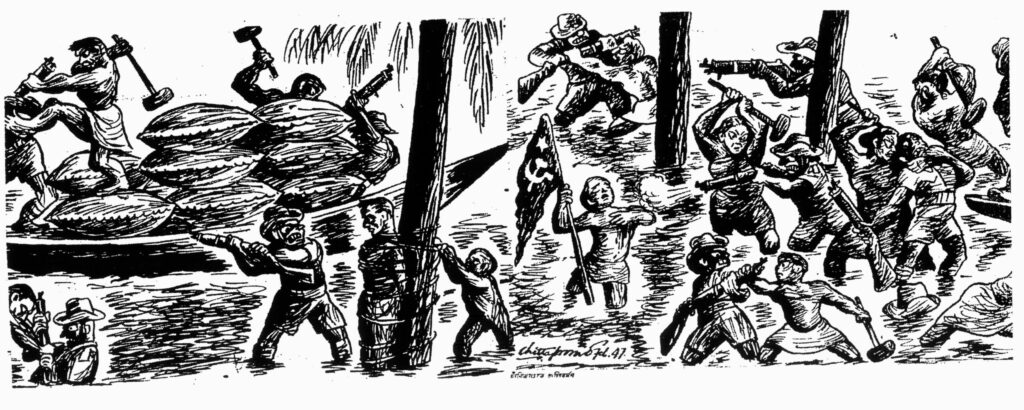
The Naxalbari Uprising
It was clear that Charu Majumdar’s ambitions were too big to be contained within CPI-M, a party that once alleged CPI to be revisionist but had succumbed to the same ideals of democracy. Charu along with Kanu Sanyal and Jangal Santhal started feeding the ears of the landless tribals the tune of rebellion. The condition of the peasants of the Naxalbari village was specifically worse. The landlords were called Jotedars and tenants were called adhiaii. The adhiaii were tribal farmers who grew the crops for the Jotedars and in return got a very less proportion of the harvest. The persistent exploitation of the adhiaii infused in them the sense of inferiority and frustration. Charu and his men tapped into this frustration and used it to teach the villagers their rights. The adhiaiis who were once forced to take water and jaggery as the sole food for the whole day were now starting to ask for food from the Jotedars. They later started asking for a claim to the benami lands that were under the control of Jotedars and eventually started assaulting them by using guerrilla tactics. Jangal Santhal, a well built tribal of height six and a half feet and a comrade of Charu and Kanu led the assaults. For decades the government had turned blind to the exploitation of the adhiaii and now they felt empowered under the protection of the communists. From here on they began to be known as ‘Naxals’ or ‘Naxalite’ and the armed struggle of the communists came to be known as ‘Naxalism’. The Srikakulam district of Andhra Pradesh saw a similar movement around this time when few goons of a landlord killed two farmers of Saanvra community. That area was inhabited by this community for a very long time and they were known as ‘Girijan’ as they resided on the steep terrain of the forests. During the British rule, the tribal land could only be bought or transferred to one of the tribals but this changed after independence when their lands could be bought by a person belonging to any community. The rich landlords started exploiting this law by giving loans to the tribals and when the girijans failed to return the sum compounded with an absurd rate of interests, the landlords started capturing their land. The issue didn’t end there. For centuries the girijans relied on forests for everything and with reformed National Forest Policy in effect, the forest officials forbid the tribals to take as little as a twig from the reserved forests. But the pressure built up to that point burst upon the landlords when the girijans started blood-hungry assaults under the leadership of the duo Satyam-Kailasam. Some say that the girijans of Srikakulam achieved something that wasn’t even achieved in Naxalbari i.e. the communists were able to establish a secure fortress in that area which they liked to call the Red area.
Since CPI-M was in the West Bengal government, it had an obligation to law and order, which it carried out, however, this did not deter the movement which continued to gain momentum. In fact, at its peak in 1969, Charu Mazumdar officially split from the CPI-M by forming the Communist Party of India- Marxist Leninist (CPI-ML). Despite the name, Mazumdar was much more inspired by Maoist ideology than Marxist or Leninist doctrine. In fact, the slogan of the party was:
“China’s Chairman is our Chairman. Chinese path is our path”.
Mazumdar and the CPI-ML sought to bring about the same Maoist propaganda but it proved to be a failure on behalf of the CPI-ML, following India’s defeat in the Sino-Indian War of 1962, it clashed with people’s patriotic sentiments. When a delegation of members of CPI-ML led by Kanu Sanyal went to China to get training in warfare and operating weapons, Mao personally told the delegation not to copy him and that India has to create its own Mao. But Charu Mazumdar was never concerned with public opinion. He saw Mao as his ideal and wanted Indians to see the same.
How can you frighten a man whose hunger is not only in his own cramped stomach but in the wretched bellies of his children? You can’t scare him – he has known a fear beyond every other.
– John Steinbeck
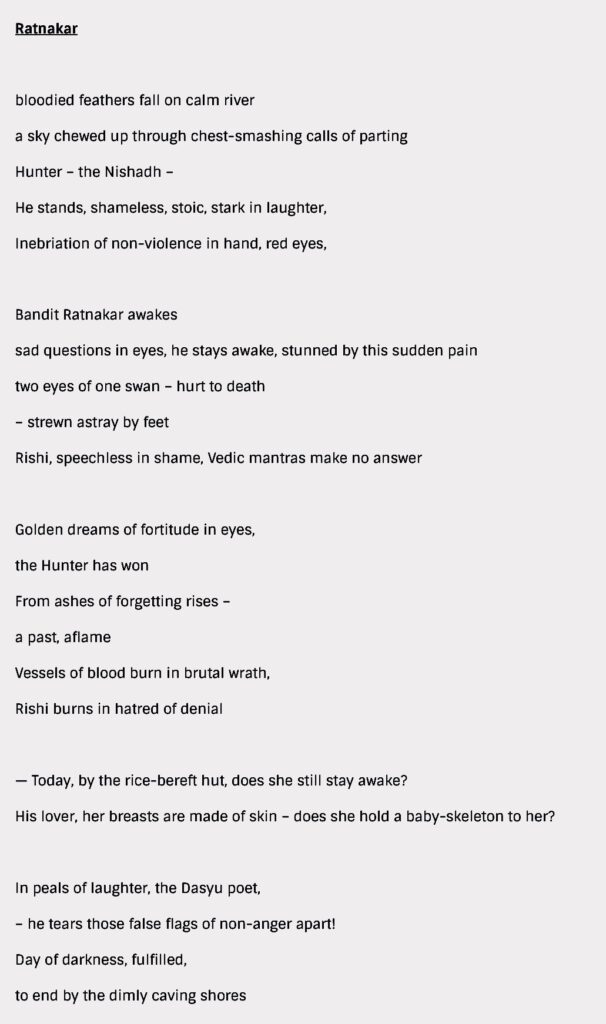
The Exile
The uprising received a fatal blow in 1971 when the government commenced Operation Steeplechase and sent the army and members of the CRPF into West Bengal. The operation lasted from June to August, and ultimately crushed the Naxalite movement. Many of the Naxalite leaders were taken into custody and beaten to death, some were encountered and others managed to escape south. Charu Majumdar whose health was continuously deteriorating while living an underground life was tipped by his fellow comrade who gave away his location succumbing to cruel third-degree torture of the police. Charu Majumdar died on 28 July 1972, twelve days after he was jailed and denied any medical help. The list of death of the communists under police custody is very long. One such instance is of Saroj Dutta who was taken into custody and allegedly shot on 5 August 1971 but the police record still shows him as missing instead of dead. The tall Jangal Santhal died in 1988. He developed a terrible addiction to alcohol in his last days that eventually consumed his life. The communists of Andhra Pradesh met the same fate. Many of them were gathered in the forest and were shot. But the ones who were alive felt the power of guerrilla warfare and didn’t let the flames of rebellion go off. And now the same flames have lit the heartlands of India.
The Resurrection
For years the communists went off the grid, fighting small battles for the powerless in many states of India. People’s War Group and the Maoist Communist Center were the two prominent communist groups that were leading the charge. It can be safely said that the only reason these communists were able to utilise the problems of the tribals to their advantage was that the state never really cared about them. They have been marginalised by any mainstream party as the tribals never played a vital role in elections. They were no party’s vote bank. Imagine being an Adivasi in India where the government makes animal reserve forests on your land and asks you to migrate to some alien place where you don’t know what to do for a living. A government that takes animals more seriously than the Adivasis. Imagine the pain you go through collecting the Tembu leaves in the forests for making the beedi(local cigarette) but the zamindar pays you less than one rupee for 100 leaves. Imagine the pain when they forbid you from entering the forests that they have reserved for animals and if unfortunately you were caught collecting berries or wood, the forest officials would ask you to send your wife, sister or daughter to their cabin as a favour for not putting you and your family into jail. Imagine when the mining cooperations are given your lands without even letting you know in the name of liberalization of the Indian economy. Imagine the mental agony and frustration. That’s when the maoists jump into the picture. They offer you their protection, teach you survival skills, self-defence and most importantly treat you like a human being. For decades the maoists have been able to justify their misdeeds of taking up arms against the state because the state really doesn’t care about the tribals and the downtrodden.
Although everything has never been perfect even in the communist’s paradise. There are hundreds of cases where these maoists prevent the tribals to join mainstream society. If any tribal man tries to make his way out of the jungles into the cities, they are dragged back to the forests and killed in a public procession by the maoists for being a police informant. During the 90s, the maoists came across the area of Abujhmad in Chhattisgarh and some part of Maharashtra, a vast area that was so dense that no surveys were conducted of the region by the British who were world-renowned surveyors. The same British had surveyed the forests of Mizoram and mountains of Ladakh but failed to do the same in Abujhmad. With a population of about 40,000 Abujhmad contained in it the areas of Dantewada and Bijapur district of Chhattisgarh and Gadchiroli district of Maharashtra. It’s the only place in India where land revenue records (known as Patta in the common tongue) don’t exist. Understanding the natural protection that the area offered, maoists made it their stronghold and started running their own government. This was a point of big concern for both the state and the central government because an area bigger than the area of Goa was completely cut off from India. The might of the maoists in this region was unchallenged. The tribals too were feeling empowered and fearful of the maoists at the same time. Even the mining corporation secretly paid security money to the maoists in exchange for operating freely in the region. If any government officials dared to enter the region, they were met with red communist flags that propagated a simple message – this is communist land. The tribals were being used as a shield.
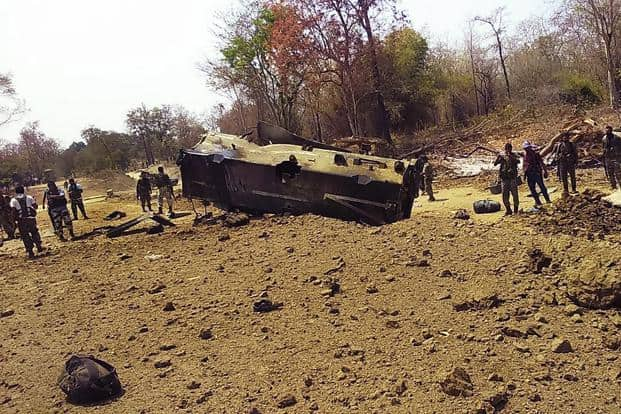
Naxalism as we know it today
In 2004, the People’s War Group and Maoist Communist Center merged to form the Communist Party of India-Maoist (CPI-Maoist) and its armed wing, the People’s Liberation Guerilla Army (PLGA). Naxalite factions of CPI-Maoist is active in many states, which has been infamously dubbed as the Red Corridor. Some of the states in which the Maoists have a relatively strong presence include Chhattisgarh, Odisha, Jharkhand, Bihar, Eastern Maharashtra and Andhra Pradesh. This merger led to an increase in violence in many states, which led Dr Manhoman Singh, the then Prime Minister of India to declare Naxalism as “the single biggest security challenge ever faced by our country”, in April 2006. Pockets in these states have been riddled with poverty that explains why the said tribals are currently caught in cross-firing between the Maoists and the Indian government, where the State aims to implement counter-insurgency strategies that involve developing tribal areas and eradicating poverty amongst tribal people.
But the maoist’s record is stuck in the times of 1960s. They refuse to acknowledge that the times have changed, they are too obstinate to change along with it. They still blame the Indian government to be feudal and capitalists which is not entirely untrue.
In the last decade, the maoists have launched a series of ambushes. Few examples of such ambushes include the May 2009 attacks in the forests of Maharashtra that murdered 16 police officers, the April 2010 ambush of reinforcement troops in Chhattisgarh that killed 76 CRPF men, the 1 May 2019 attack in Gadchiroli where the naxalites allegedly torched 27 vehicles belonging to a construction company and ten hours later detonated an IED that killed 15 members of the Quick Response Team that was sent for reinforcements and in one of the most recent attacks, the 3 April 2021 ambush where 250 naxalites surrounded a platoon at Sukma-Bijapur border that led to the death of 22 security personnel.
The states have tried to counter the violence by violence. In 2005–2011 Chhattisgarh government started Salwa Judum (Peace March or Purification Hunt) which was a militia that was mobilised and deployed to kill the Naxalites violence in the region. But it led to many human rights violations. One such case was the 2012 killing of 17 Adivasis, including 7 children, by the CRPF who claimed these villagers to be naxalites. In 2017, a judicial inquiry found this claim to be false, the killing unprovoked and hence the Supreme Court of India had tagged Salwa Judum as illegal. However, the government hasn’t taken any action against the criminals.
It is a without a doubt that the civilians have paid the highest price. Between 1980 and 2015, the Naxalite insurgency caused 20,012 casualties out of which 4,761 are maoists, 3,105 are members of the security forces, and 12,146 are civilians.
In today’s context when the CPI and CPI-M have adopted the democratic way of propagating communism, the long perceived golden pillars of CPI-Maoist is infested with worms. They might have started their journey by talking about the flames of revolution and might have dreamt of a socialist land where the men at the end of the queue of development can walk shoulder to shoulder with the privileged but it would not be wrong to say that they have lost their way. By repulsing development and infrastructure projects, the naxals directly impede the development of the tribals, while themselves starting a perpetual cycle of poverty and marginalisation of rural populations. But having said that, in many places where the state fails to reach (or simply doesn’t care to reach), they are the villager’s only hope.
Reference/s:
• A historical introduction to Naxalism in India, European Foundation for South Asian Studies (EFSAS), Amsterdam
• Hello Bastar, Rahul Pandita
• The Telengana Movement: Peasant Protests in India, 1946-51, ritmio

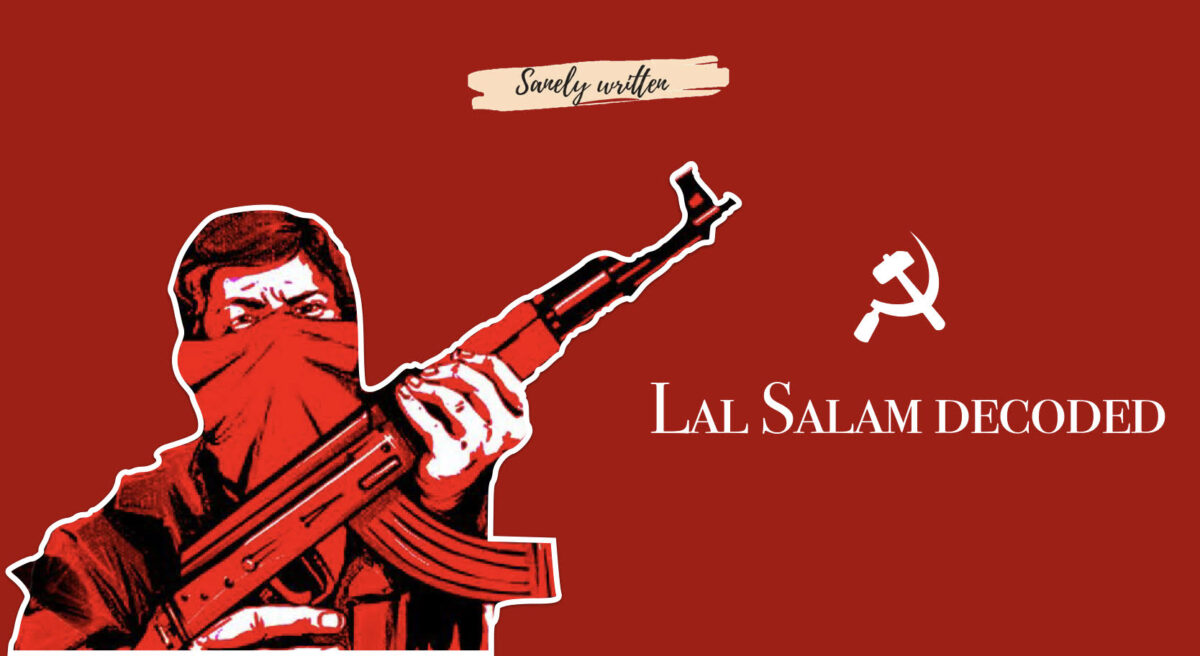


One reply on “Lal Salam Decoded”
Great Efforts and Superb Presentation idea with the Timeline Concept, for such a serious topic. 👏👏👏👏